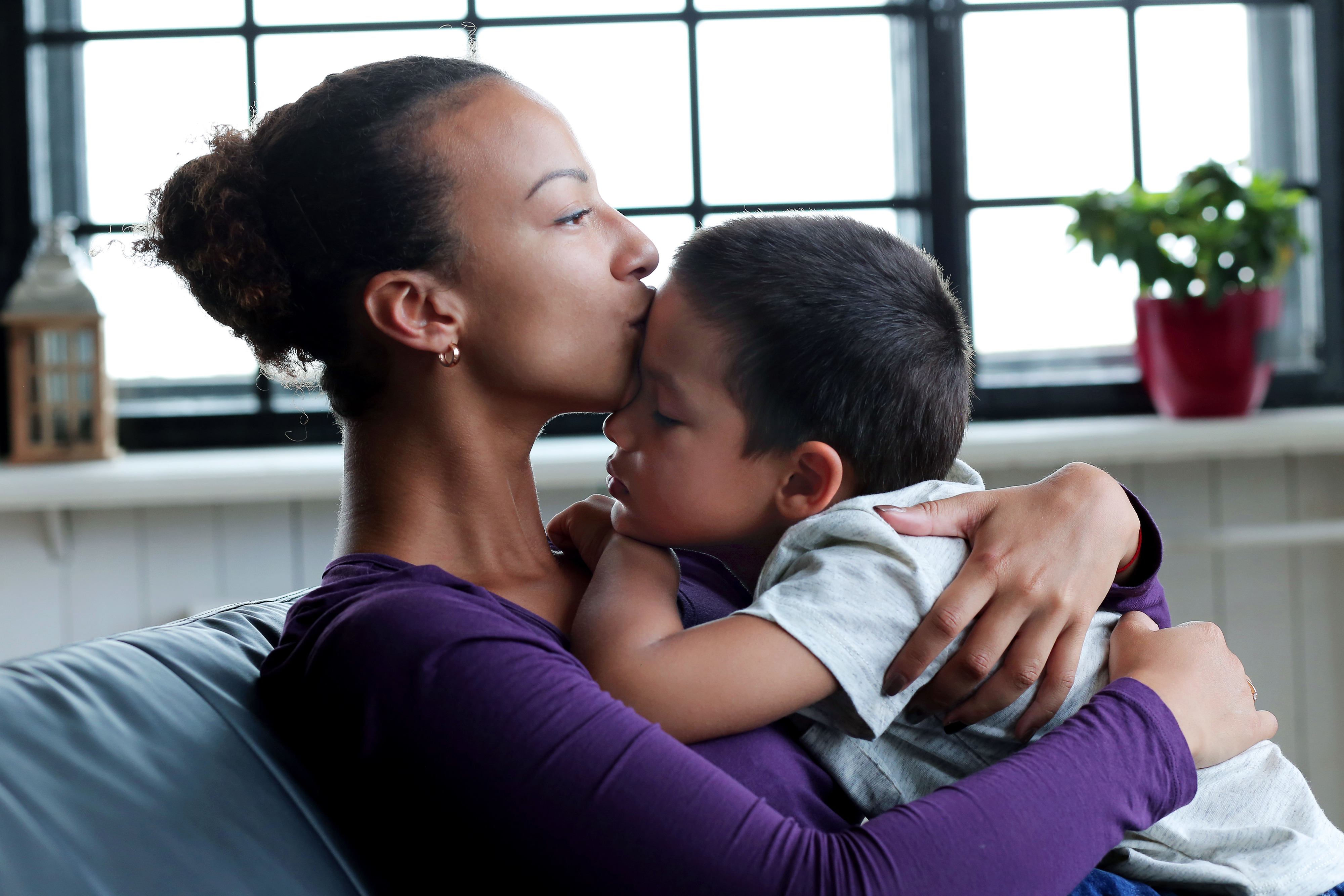What is bipolar disorder?
Bipolar disorder is a mood disorder consisting of episodes of:
- elevated or irritable mood (called manic or hypomanic episodes)
- low mood (depressive episodes)
Bipolar disorder cannot be diagnosed until a person has experienced a manic or hypomanic episode.
How is bipolar disorder different from everyday mood swings?
Every child and teen experiences changes in their mood as a result of stressors or big life changes. What makes bipolar disorder different is that each change in mood lasts longer (from days to months) and interferes with the person's everyday functioning.
In addition to changes in mood, the mania and depression linked with bipolar disorder can:
- affect a person's sleep, concentration and appetite
- cause someone to lose interest in enjoyable activities
- lead to feelings and thoughts of worthlessness, hopelessness and suicide
- lead to risk-taking behaviour, such as putting themselves in physical danger
Some children and teens with bipolar disorder may also experience psychosis during their mood episodes. When a person has psychosis, they experience thoughts and sensations that are so impaired that they have trouble identifying what is real and what is not. They may experience delusions such as paranoia or see or hear things that are not there.
Types of bipolar disorder
Not everyone experiences bipolar disorder in the same way. The condition exists on a spectrum that includes:
- bipolar disorder, type 1
- bipolar disorder, type 2
- other specified bipolar and related disorder
- unspecified bipolar and related disorder
Bipolar disorder, type 1
Bipolar disorder, type 1, is diagnosed when a child or teen has had at least one episode of mania. This means that they have had a number of specific symptoms for at least one week that significantly impair their everyday functioning.
Bipolar disorder, type 1, can be diagnosed when symptoms last less than a week if the child also has symptoms of psychosis or needs to be admitted to hospital.
Children and teens with bipolar disorder often also experience depressed or mixed episodes. But even if a child has one or more episodes of depression, they can only be diagnosed accurately with bipolar disorder, type 1, once they have an episode of mania.
Bipolar disorder, type 2
Bipolar disorder, type 2, is diagnosed after a child or teen has had at least one episode of hypomania. This means that they have had a number of specific symptoms over at least four days. The symptoms impair the child's everyday functioning but not to the same degree as mania.
Children and teens with hypomania do not require an admission to hospital, and there are no associated symptoms of psychosis. They may experience one or more episodes of depression, but the diagnosis cannot be made before the first episode of hypomania occurs.
Other specified bipolar and related disorder or unspecified bipolar and related disorder
A healthcare professional will diagnose one of these if a child or teen has symptoms of bipolar disorder but does not meet all the conditions for bipolar disorder, types 1 or 2.
What causes bipolar disorder?
There is no single known cause of bipolar disorder but rather a number of possible factors. For example, children who have a parent or sibling with bipolar disorder are up to six times more likely to develop the disorder themselves.
In addition, bipolar disorder can be more likely to occur in response to various stressors in a child's environment, such as the loss of a parent or caregiver, school difficulties, bullying, poverty or early life abuse or neglect. Some substances, such as cannabis, may also increase the risk of or unmask bipolar disorder.
How common is bipolar disorder in children and teens?
Bipolar disorder spectrum affects between 1 and 3 per cent of teens. It is not yet clear how common it is among younger children.
When to see a doctor about bipolar disorder
See your child's doctor once you suspect that your child or teen has bipolar disorder (typically, after a first episode of mania).
Go to your nearest emergency department if there are concerns about your child's safety (for instance if your child expresses suicidal thoughts or engages in risk-taking behaviour) or if your child is experiencing psychosis.
Does bipolar disorder occur with other conditions?
Bipolar disorder often occurs with other conditions, especially anxiety disorders. Other conditions that commonly occur with bipolar disorder include:
- substance use disorders
- attention deficit hyperactivity disorder (ADHD)
- disruptive behaviour disorders such as oppositional defiant disorder.
Does bipolar disorder occur with other conditions?
Bipolar disorder often occurs with other conditions, especially anxiety disorders. Other conditions that commonly occur with bipolar disorder include:
- substance use disorders
- attention deficit hyperactivity disorder (ADHD)
- disruptive behavioural disorders such as oppositional defiant disorder.
When to see a doctor about bipolar disorder
See your child's doctor once you suspect that your child or teen has bipolar disorder (typically, after a first episode of mania).
Go to your nearest emergency department if there are concerns about your child's safety (for instance if your child expresses suicidal thoughts or engages in risk-taking behaviour) or if your child is experiencing psychosis.
Further information
For more information on bipolar disorder, please see the following pages:
Bipolar disorder: Signs and symptoms
Bipolar disorder: Treatment with medications
Bipolar disorder: Treatment with psychotherapy and lifestyle changes
Please visit our teen mental health website for teen-specific information on:

